The Seychelles: a hidden paradise
The Seychelles, formerly a pirates' hideout, is currently one of the most sought-after honeymoon destinations in the world. Its crystal-clear warm waters are great for snorkelling, paddle-boarding, fishing and finding ocean treasures. The beaches are safe and secluded.
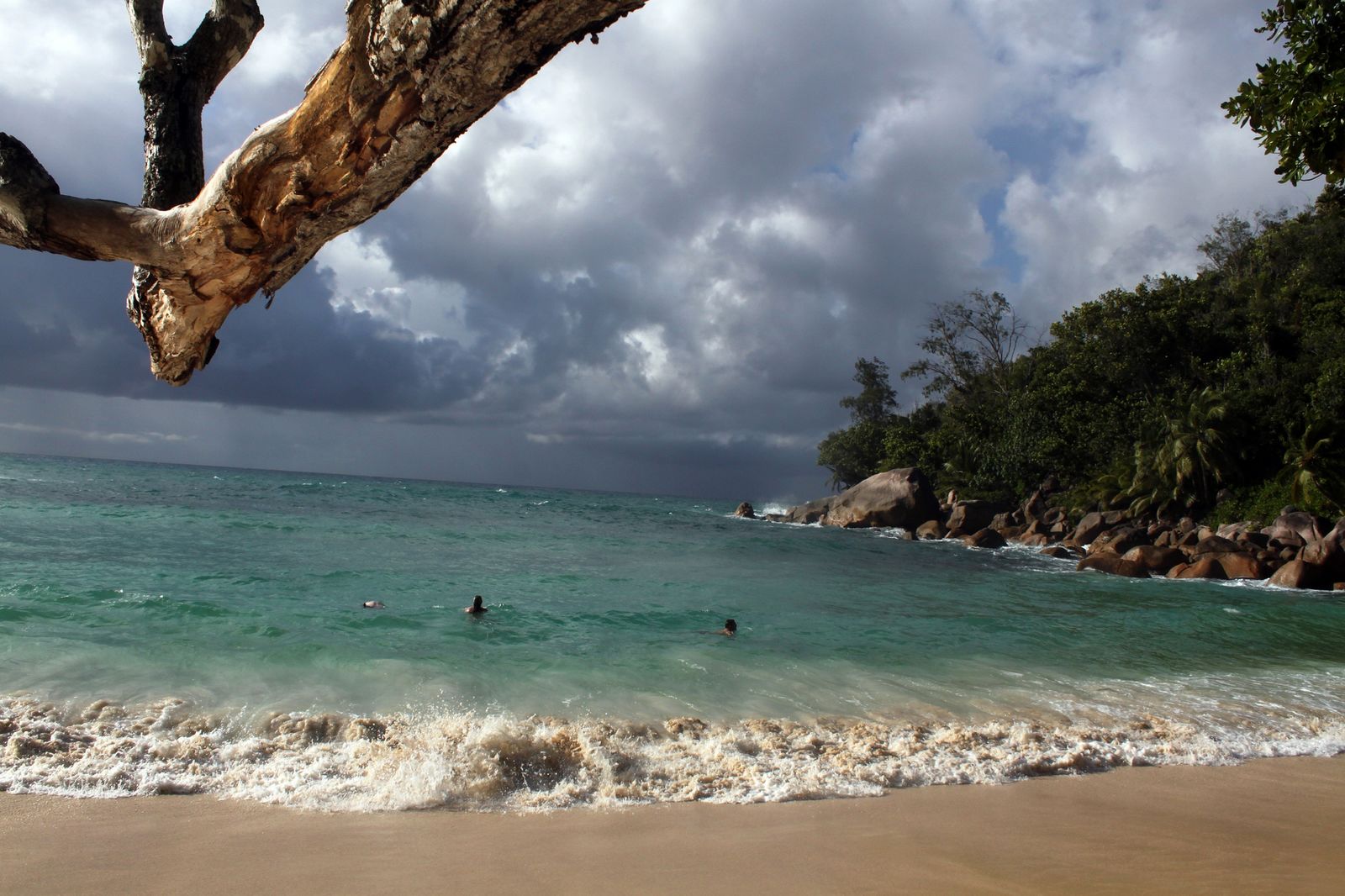
Swimming at a private beach
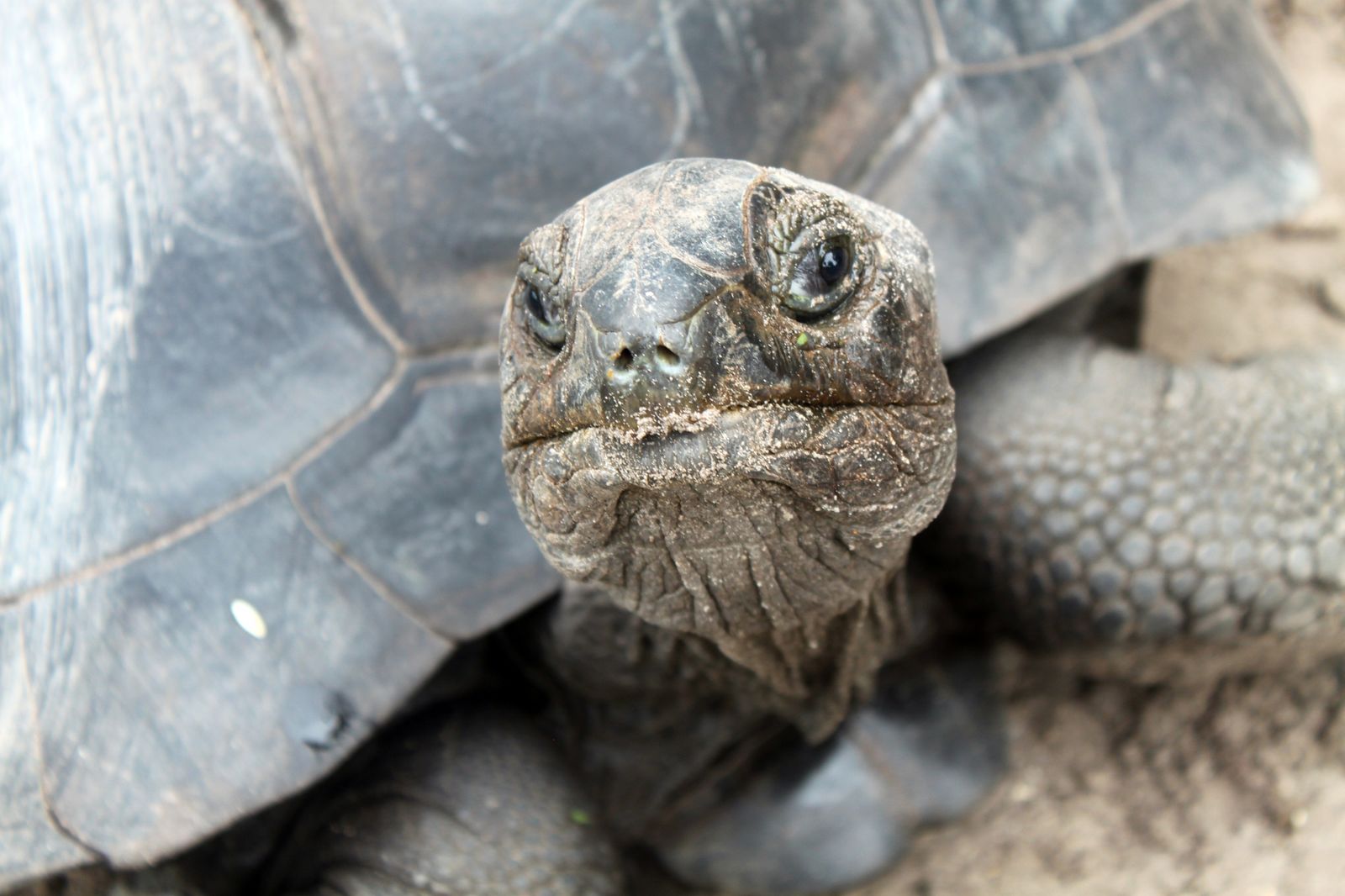
Bird Island is home to one of the world’s heaviest land tortoises, the Aldabra tortoise
The Seychelles, one of the world’s smallest countries, is an Indian Ocean archipelago that comprises 115 islands, 16 of which are inhabited. It is made up of two main island groups: Mahé’s mountainous granite islands and an outer group of flatter coral islands.
At 16km long and 6km wide, the principal island is Mahé which supports a population of 65 000. The capital of the Seychelles, and the world's smallest capital city, is Victoria, located on Mahé. Praslin is the second-largest at 10km by 3.5km in width and home to 7 100. La Digue is 5km long by 3.3km wide and has 6 000 inhabitants.
Other islands include Sainte Anne, Aldabra, Cerf, Bird, Curieuse, Felicite Denis, Desroches, Alphonse, St Francois and Farquhar.
The French were the first to colonise the Seychelles, followed during the 19th Century by French deportees. Later on Chinese, Indians and Malay arrived on the islands. Intermarriage has resulted in a population that reflects this mixed descent.
The weather in the Seychelles is what one might expect of a tropical paradise. There are no hurricanes or cyclones and temperatures range between 28 and 34 degrees centigrade day and night.
Relaxation is a top priority in the Seychelles, closely followed by swimming, sailing, windsurfing, snorkelling and strolling along pristine beaches.
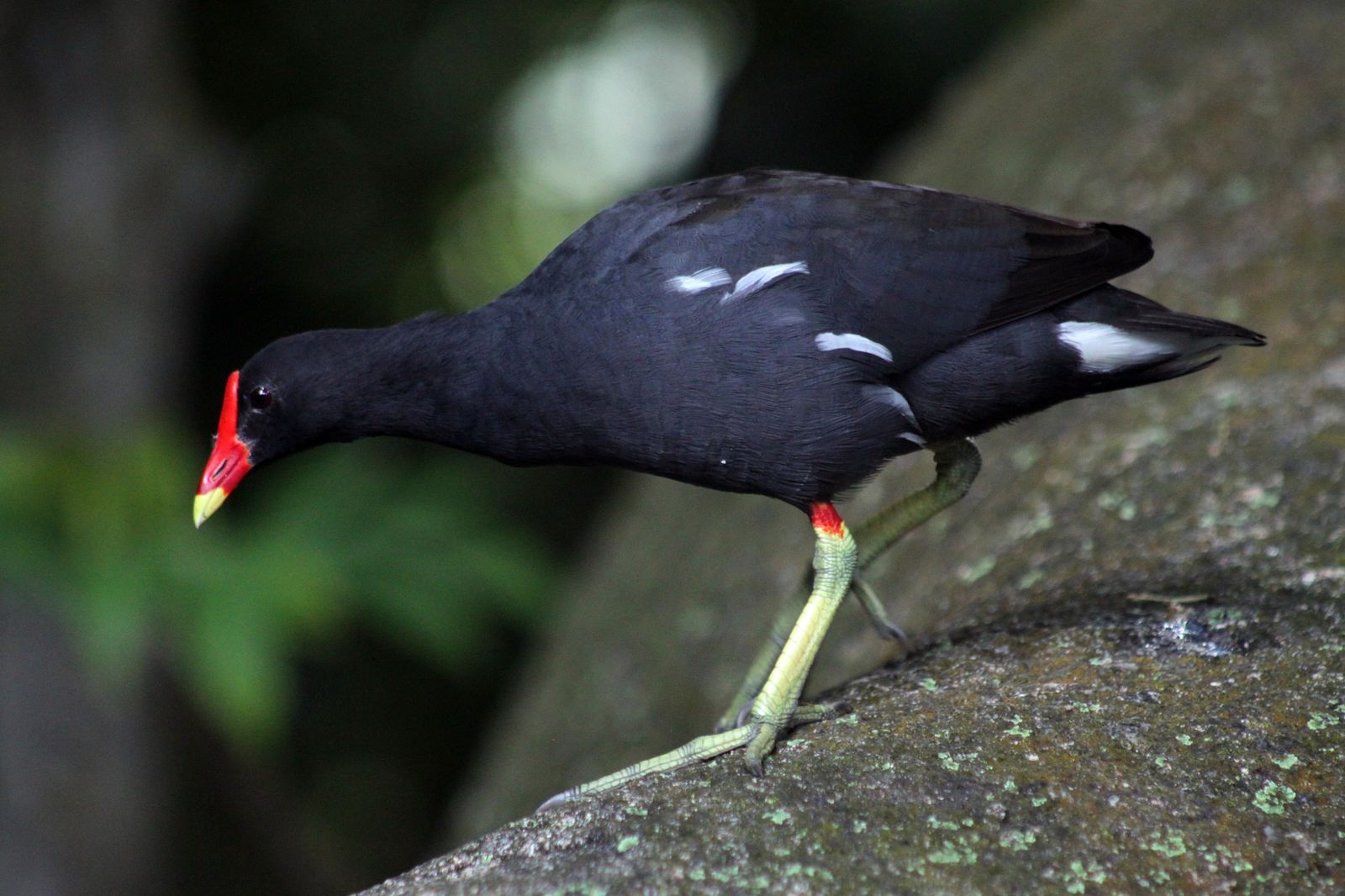
The common moorhen, a local bird
When it comes to local cuisine, breadfruit is a traditional dish worth sampling. Legend has it that those who eat it are destined to return to the islands.
Around 1 000 plant species are found in the Seychelles of which 80 – including the screw pine, jellyfish tree, red ginger and latanier palm – are endemic. A wide diversity of marine life includes 900 fish species and green sea turtles, making diving a must-do activity around the islands.
Bird Island is the home of 20 free-roaming giant Aldabra tortoises well worth the trip. Look out for the coco de mer palm which produces the world's largest seed at up to 40kg in weight. The giant seed is valued by Asian cultures for its supposed aphrodisiac properties.
Its isolated and unspoiled nature has helped the Seychelles protect some of the islands' rare and endemic bird species, including the bare-legged Scops owl.
The incredible biodiversity of the islands is being preserved through the establishment of a number of nature reserves and marine parks including the Aldabra Islands and the Vallée de Mai National Park – both proclaimed UNESCO World Heritage Sites.
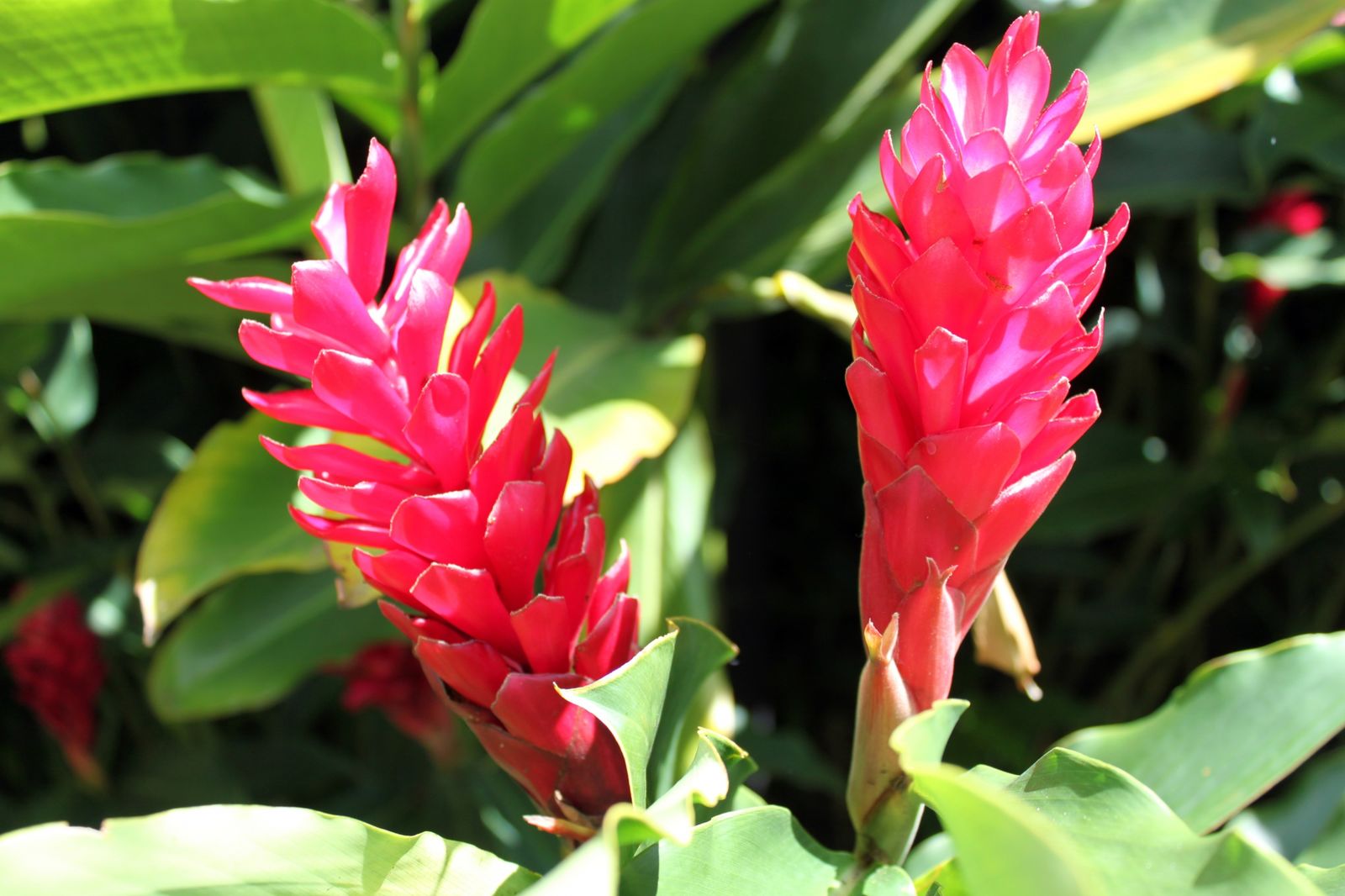
Red ginger (Alpinia purpurata), an indigenous plant
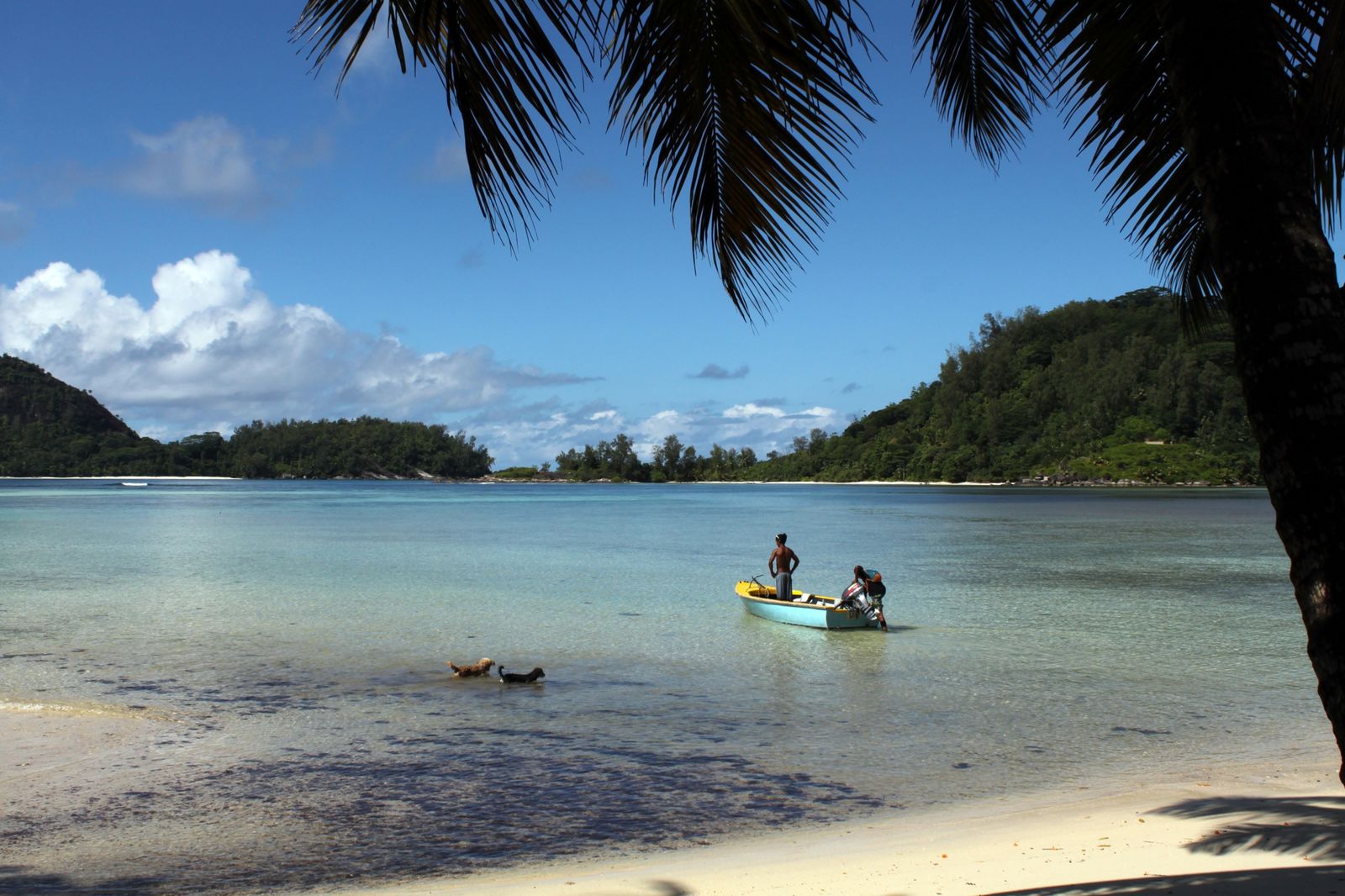
Local fishermen set out to land the day's catch
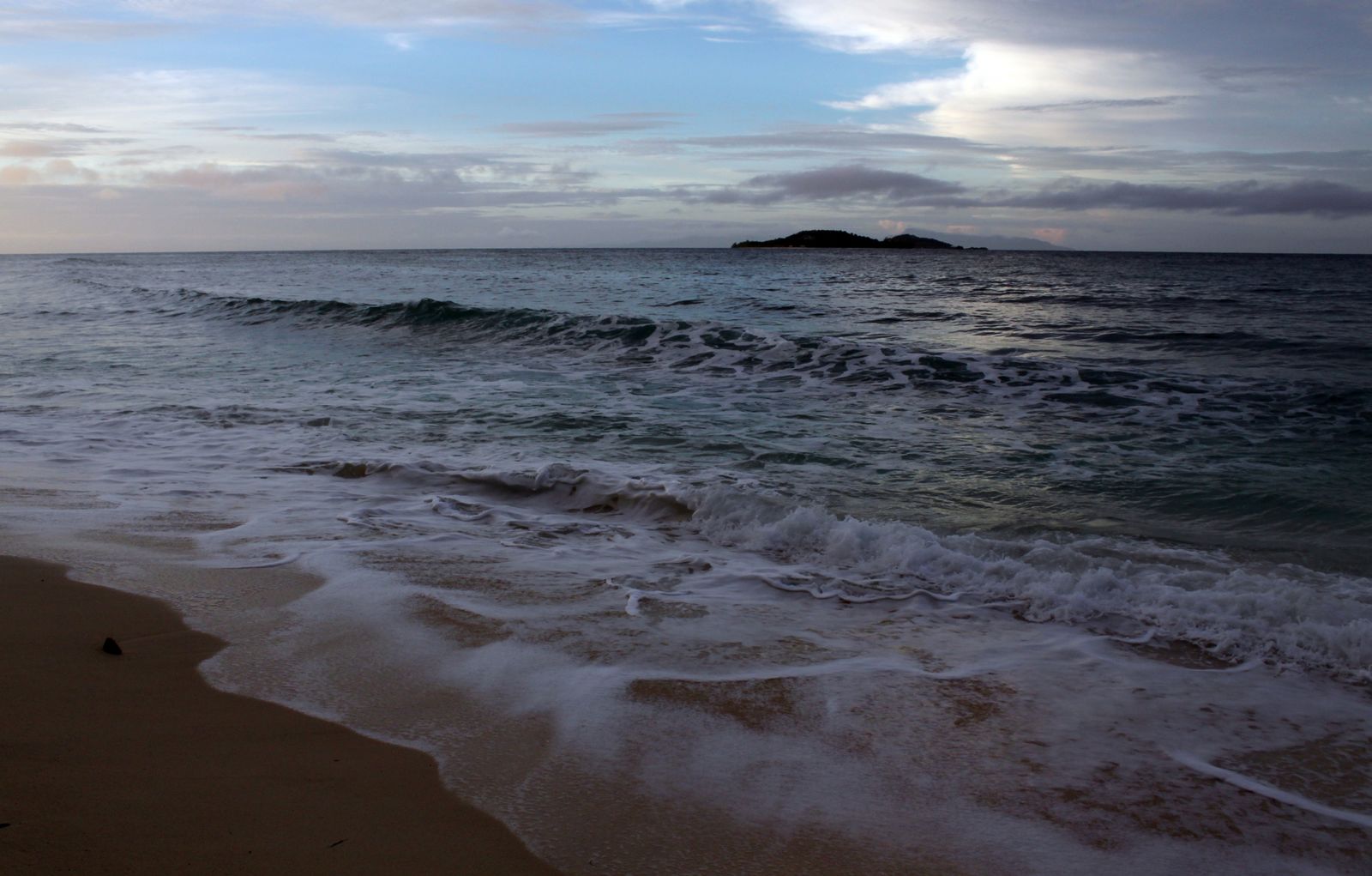
The tranquillity of the ocean sets the tone in the Seychelles
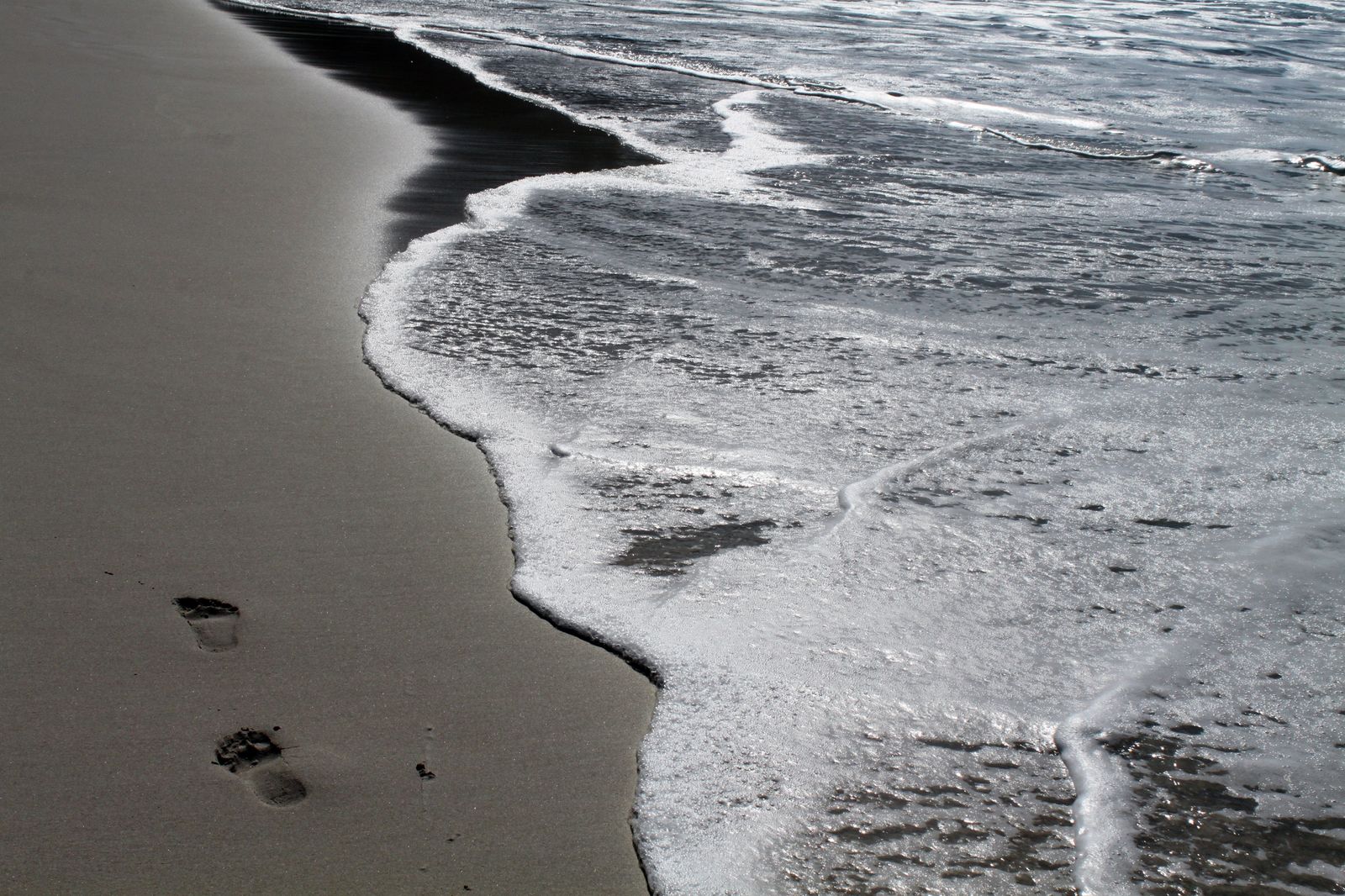
Take a walk on a smooth, sandy beach
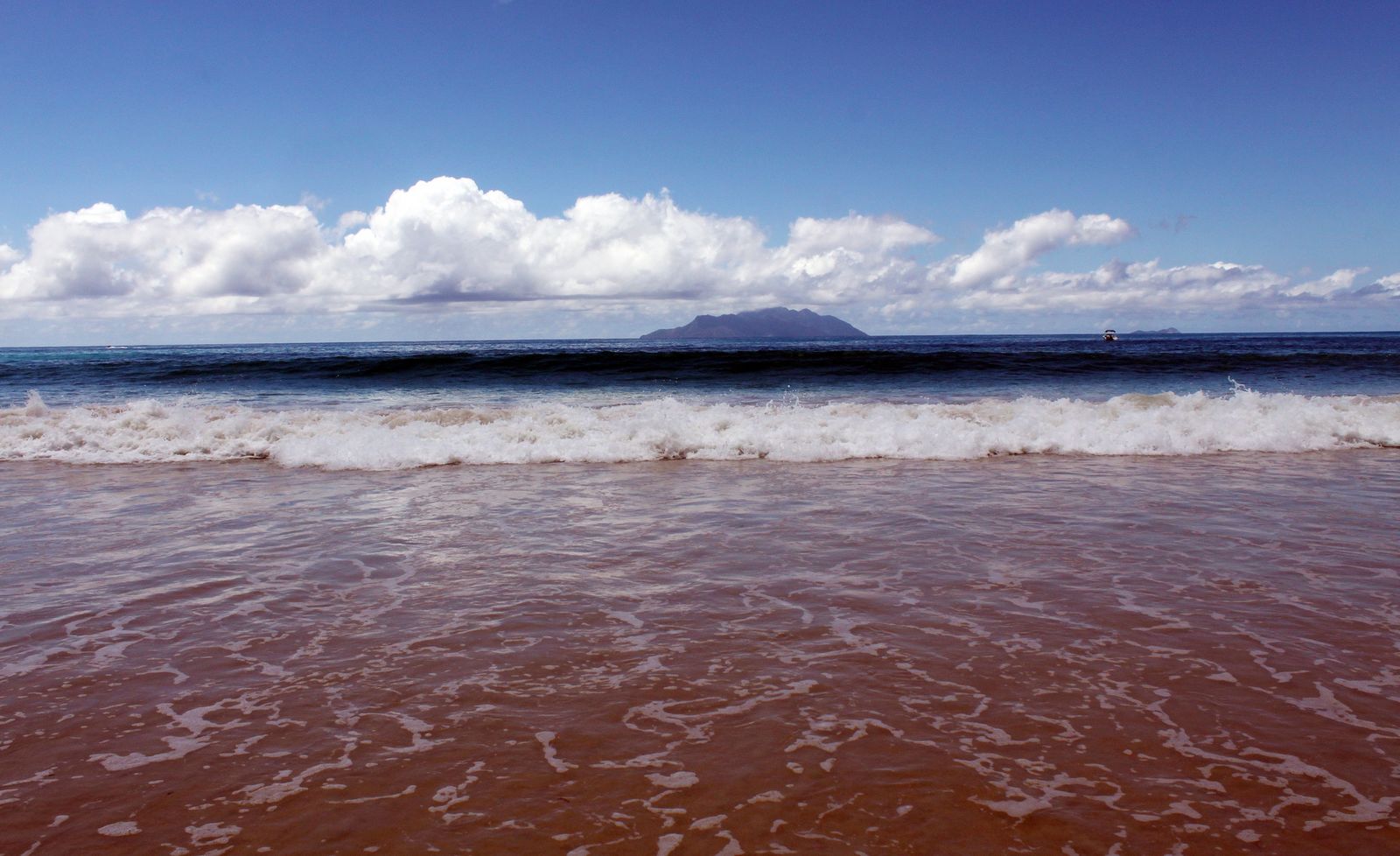
Take it all in, it’s one of the best views in the world
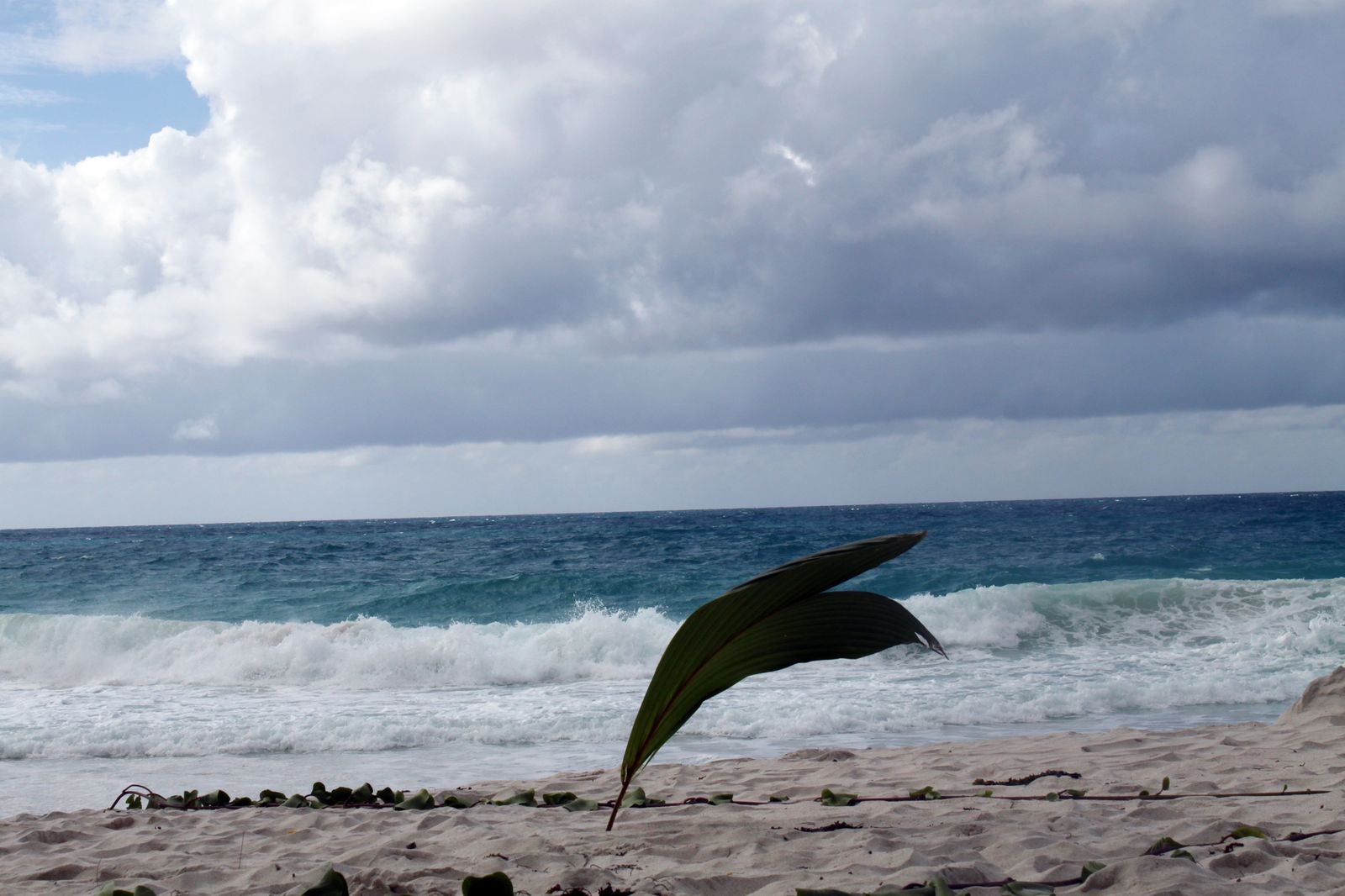
A cloudy paradise
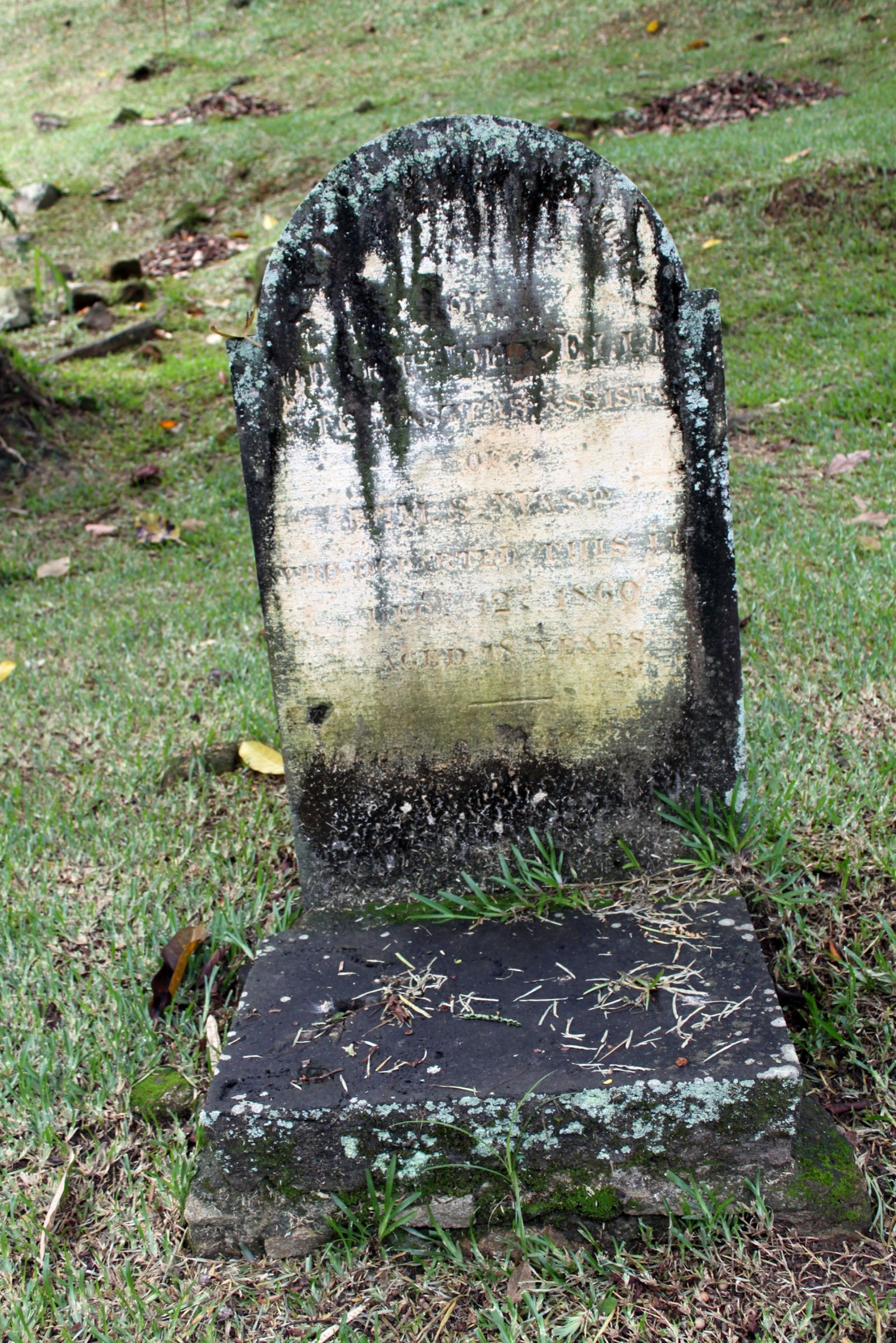
A reminder of a strong history

Getting ready for fishing
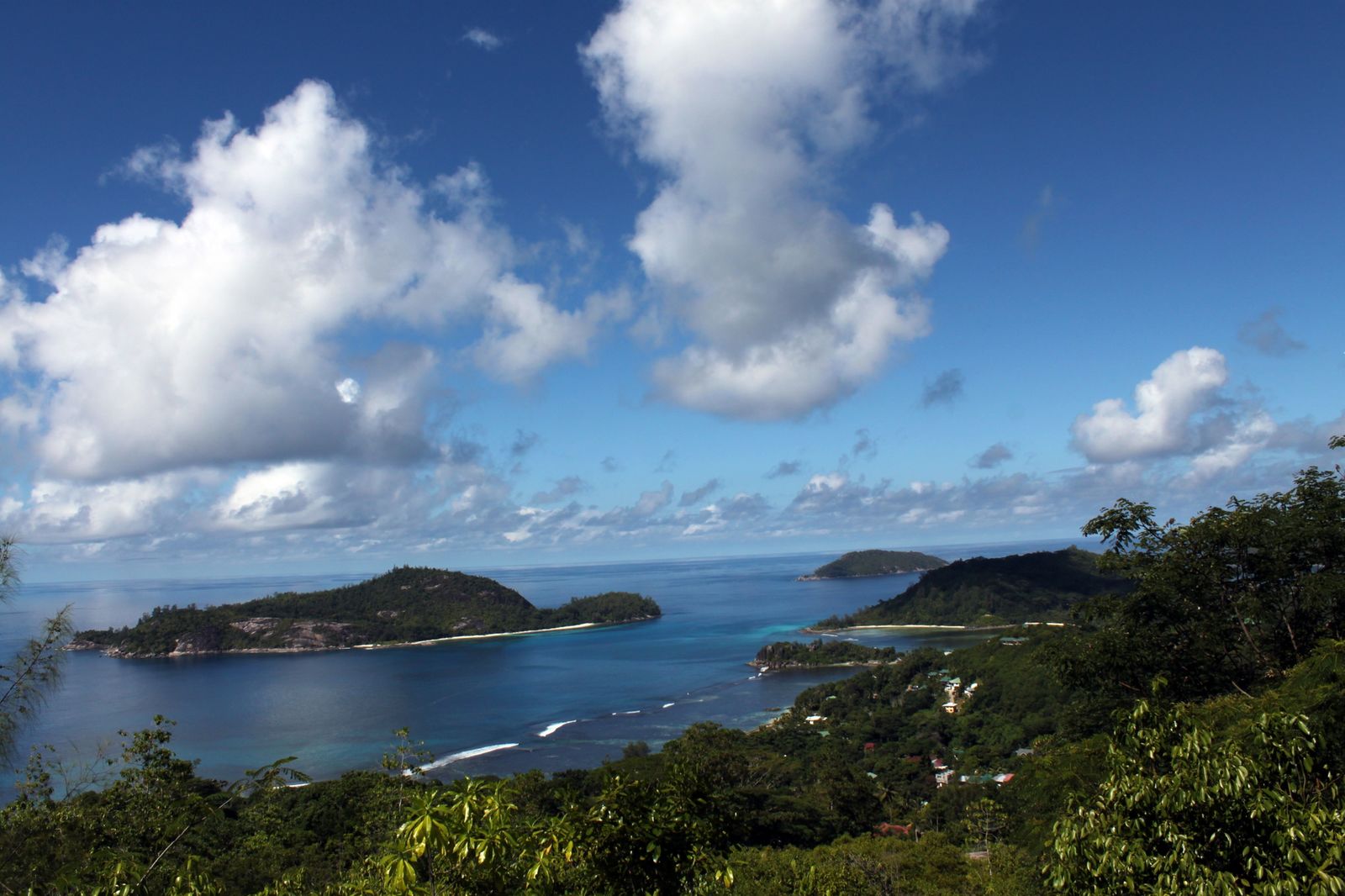
A view of the vibrant island
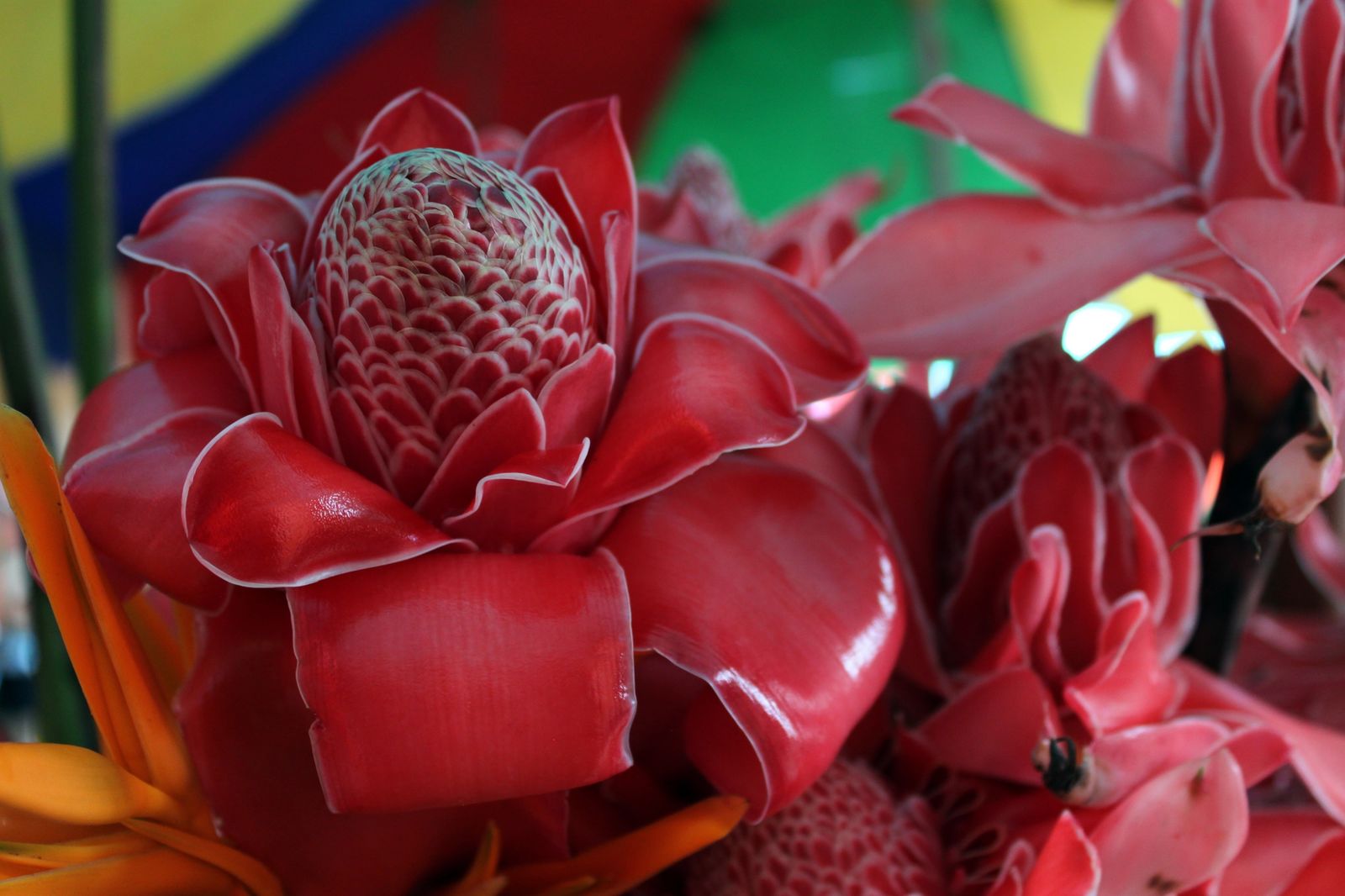
A tropical plant commonly known as blossom torch ginger
